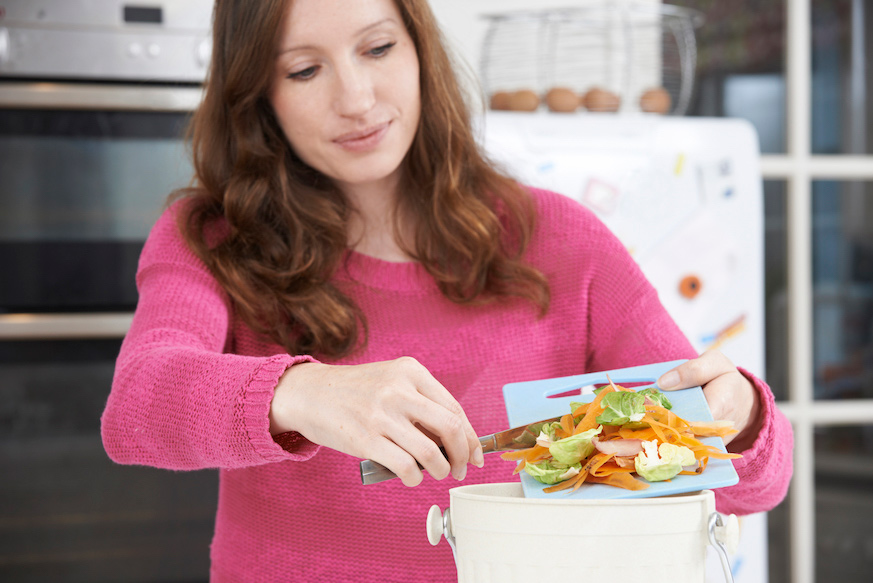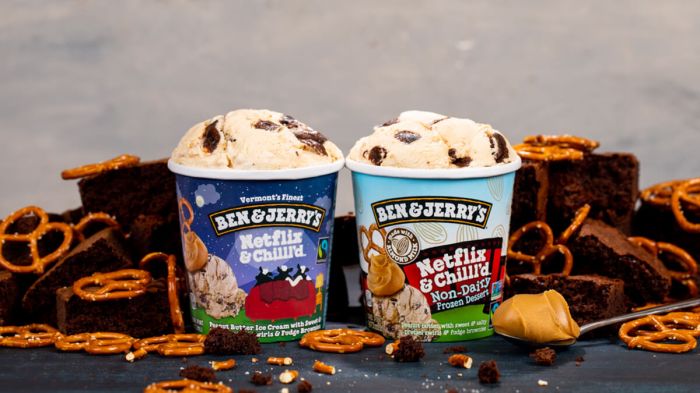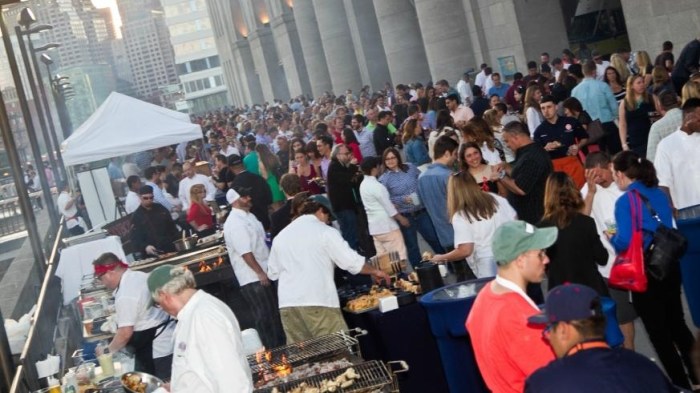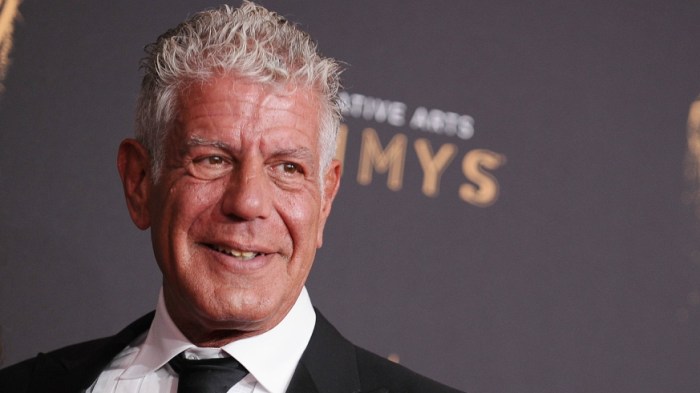We all know the three R’s: reduce, reuse and recycle. We learned how this applies to our kitchen as well at the recent NYC Food Waste Fair.
Did you know all those banana peels and eggshells you’re throwing away (not to mention the produce you just didn’t get around to using) are harming the planet more than carbon dioxide.
As organic waste rots in a landfill, it emits a greenhouse gas called methane. It’s invisible and nontoxic to humans, but it traps up to 100 times more heat in the atmosphere than carbon dioxide. (Methane also leaves the atmosphere faster than carbon dioxide, but still.)
Of the nearly 10,500 tons of garbage collected every day in New York City alone, more than a third is food scraps and yard waste. Every time you chuck an egg shell into the trash, you’re contributing to global warming. And between 40 and 50 percent of food waste comes from residential homes.
It’s a big reason why the Foundation for New York’s Strongest, the nonprofit organization that promotes sustainability as part of the Department of Sanitation, hosted the NYC Food Waste Fair. Here’s how you can help keep our city healthier.
You can recycle more than you think
Some recyclables are obvious, like newspapers, cereal boxes and glass bottles. Turns out that food-soiled paper, like cupcake wrappers and tea bags, can be recycled, too. Here’s a full list of of what NYC residents can recycle.
Learn about composting
Don’t toss your spoiled tomatoes and wilting plants into your main trash bin. Separate it for composting — the city has an easy easy online guide — to turn your decomposing organic matter into healthy, useful soil. You can join a community composting project, or if you don’t have a garden, find drop-off sites to donate your food waste to compost programs.
Having a bin specifically for food waste makes this easy, says Louise Bruce, senior manager for the sanitation department’s NYC Organics program. But the best tool is prevention: Before you consider throwing anything away, check if the food is still edible, salvageable or donatable. And having a separate food bin also lets you measure how much food waste you generate, figure out if you’re overbuying something and then change your shopping habits.
Consider your table
“When you’re scheduling a wedding or hosting an event, think really well about how much you need,” says Jennifer McLean, chief operating officer at food rescue organization City Harvest, in a panel discussion. “Do you need to be overflowing with food? Or can you reduce and be a little bit more creative with what your table looks like?”
If you hire a caterer, make a bargain that’ll help those less fortunate. “Say to the caterer, as part of my contract, I want extras donated to City Harvest or another place like us,” McLean advises.
Food waste can have a second life
What happens to all the oyster shells you shucked and left on your plate? When choosing your next spot for oyster happy hour, consider a restaurant or event that partners with the Billion Oyster Project, which collects oyster shells from participating venues. They’re cleaned and cured, seeded with oyster larvae in a nursery and eventually join the resurgent oyster population in New York Harbor. At least 19.5 million oysters have been grown in the harbor, and 1.05 acres of the dying reef area have been restored.
Spread the love
Remember when Kanye West gifted Kim Kardashian a wall of white flowers last spring? One service is ensuring that future flower walls won’t go to waste. Repeat Roses delivers flowers from weddings and other special celebrations to a new home, from cancer patients to lonely seniors in nursing homes. “They’re making sure that the flowers have multiple lives and are really enjoyed by people. And at the end, that they’re sustainably managed,” says Bruce. There’s one catch. Their basic service fee starts at $1,000. Eeep.



















